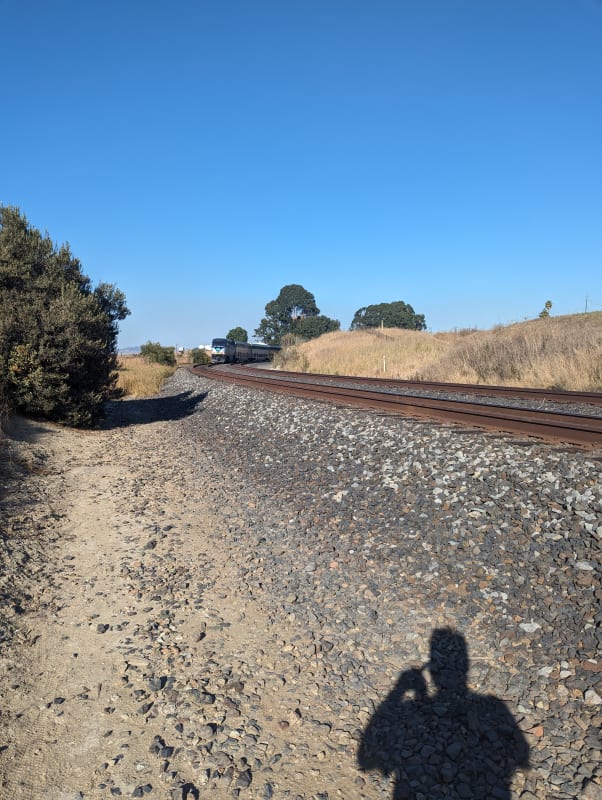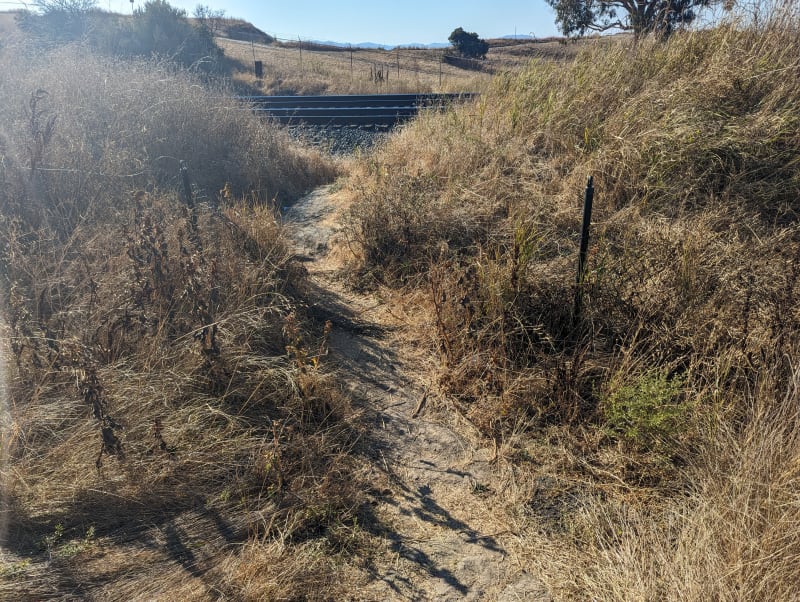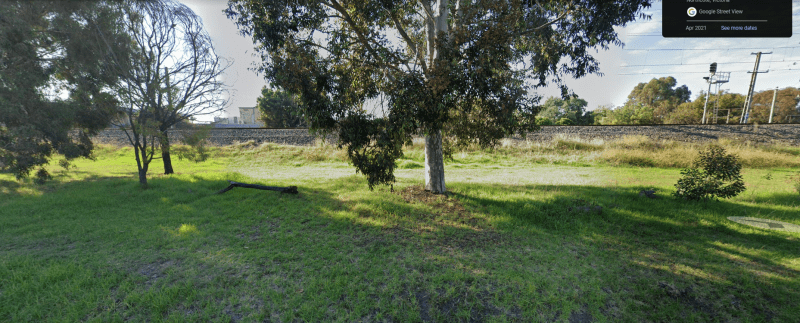-
1
- #101
Odd reading. The railroad procedure was to park so closely that her trip was started while the view was blocked and an indicators of train movement were triggered by the stationary train - blocking the view and triggering the inappropriate indicators was a direct result of the railroad procedure.
The casual acceptance of the pedestrians violating procedure was also a defacto railroad procedure. That was also a procedure.
Contrast that with airlines. If a passenger won't stay seated the plane will not push back from the gate. If the passenger refuses company procedure they will be removed from the plane and possibly banned from the property for life.
Airlines are the safest form of travel. Trains? Not so much because they have bad procedures and those sometimes kill people.
It was probably confusing by the contrast of good airlines procedures with crappy railroad procedures.
Recall the Florida crash a few years ago caused by not following the good procedure of triggering O2 generators and depleting the reactive chemicals prior to loading a fire bomb into the cargo bay right where it could cut the controls.
But for Mary, the railroad procedures tended to put people at risk and she was the victim. Had the railroad actively prosecuted pedestrians for going past the barriers as airlines do with uncooperative passengers, the initial crowd would have been still blocking the path. Had the railroad put a conductor at the crossing to be picked up as the end of that train departed the crossing, that would have been enough. Had the procedure been to park the train no closer than 500 feet from the crossing then the other train would have been visible to Mary and the lawyer when the crossing horn sounded and the crossing arms would be coming down and lights flashing, all reinforcing attention to the moving train.
Many locations are putting in double arms to block both lanes to prevent drive-arounds. Small changes can prevent many deaths.
Even if one thinks Mary was fully deserving and would gleefully shove her, the operator of the train that hit her wasn't deserving of experiencing that and neither was her family, the bystanders, or those who responded to the aftermath. For her it was done in an instant and no more. For everyone else, it's a large portion of a lifetime.
The casual acceptance of the pedestrians violating procedure was also a defacto railroad procedure. That was also a procedure.
Contrast that with airlines. If a passenger won't stay seated the plane will not push back from the gate. If the passenger refuses company procedure they will be removed from the plane and possibly banned from the property for life.
Airlines are the safest form of travel. Trains? Not so much because they have bad procedures and those sometimes kill people.
It was probably confusing by the contrast of good airlines procedures with crappy railroad procedures.
Recall the Florida crash a few years ago caused by not following the good procedure of triggering O2 generators and depleting the reactive chemicals prior to loading a fire bomb into the cargo bay right where it could cut the controls.
But for Mary, the railroad procedures tended to put people at risk and she was the victim. Had the railroad actively prosecuted pedestrians for going past the barriers as airlines do with uncooperative passengers, the initial crowd would have been still blocking the path. Had the railroad put a conductor at the crossing to be picked up as the end of that train departed the crossing, that would have been enough. Had the procedure been to park the train no closer than 500 feet from the crossing then the other train would have been visible to Mary and the lawyer when the crossing horn sounded and the crossing arms would be coming down and lights flashing, all reinforcing attention to the moving train.
Many locations are putting in double arms to block both lanes to prevent drive-arounds. Small changes can prevent many deaths.
Even if one thinks Mary was fully deserving and would gleefully shove her, the operator of the train that hit her wasn't deserving of experiencing that and neither was her family, the bystanders, or those who responded to the aftermath. For her it was done in an instant and no more. For everyone else, it's a large portion of a lifetime.



